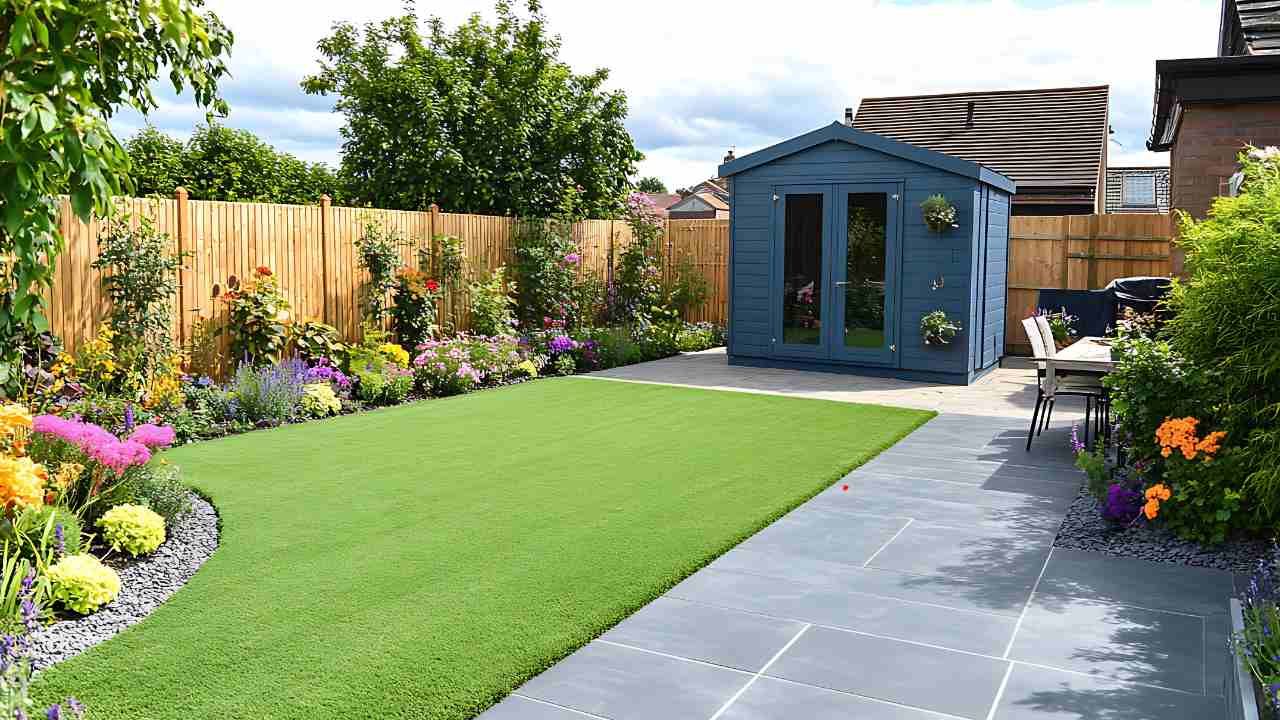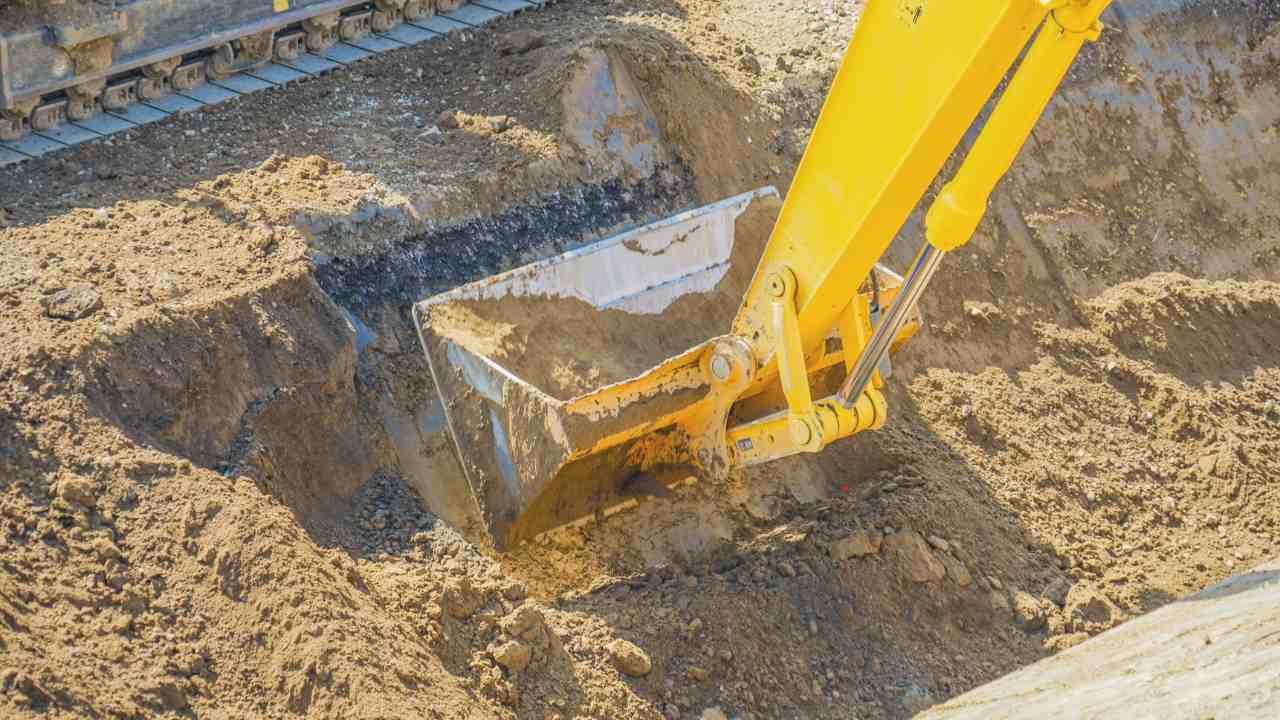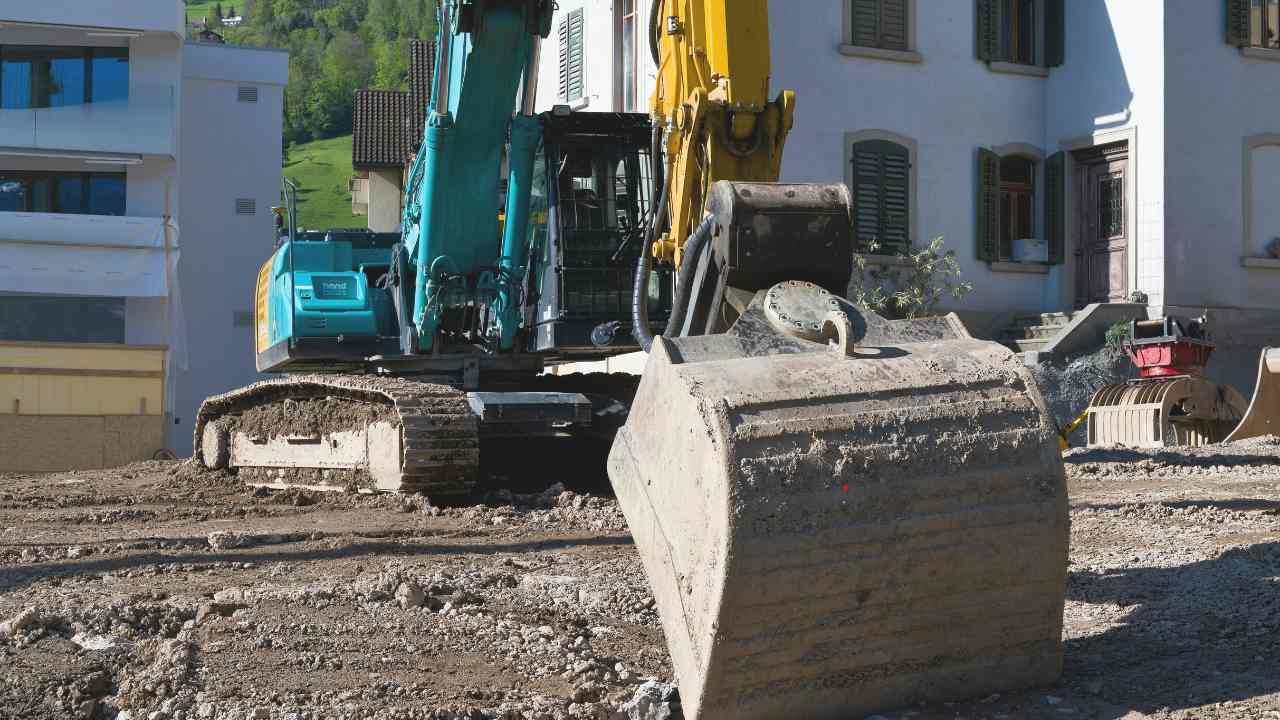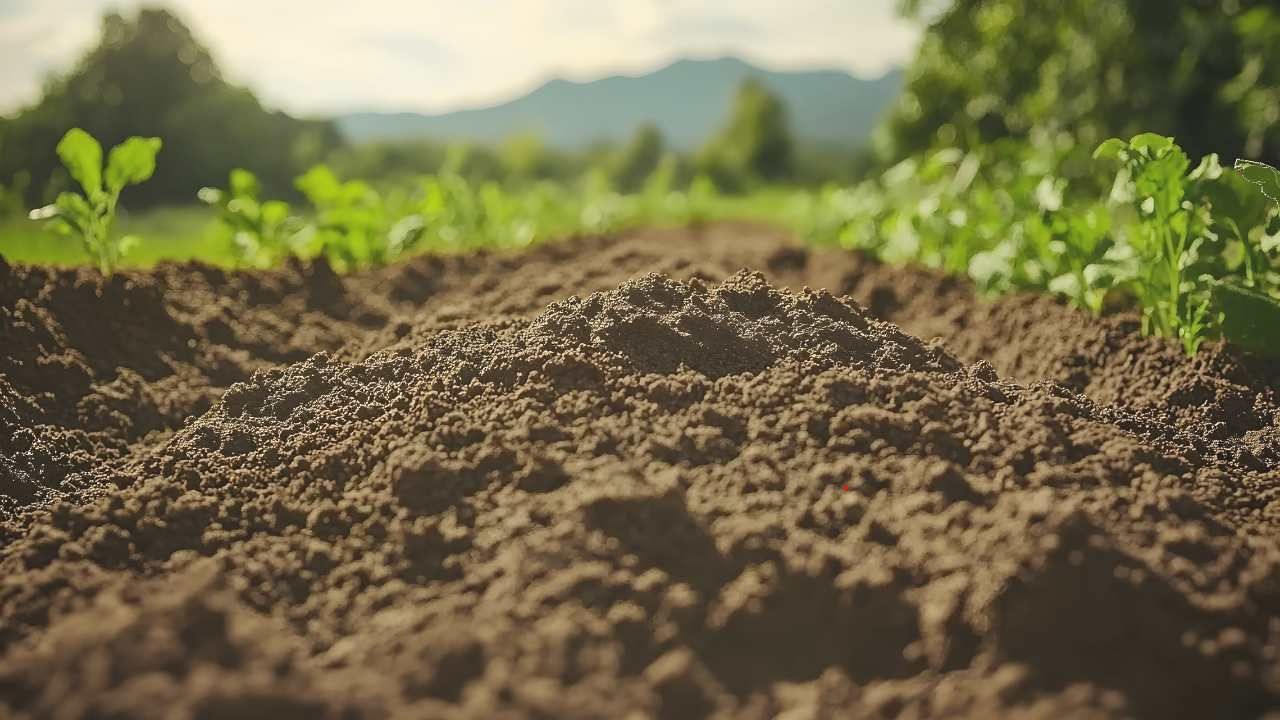The Right Way to Excavate for Garden Beds and Outdoor Features

Digging into your backyard may seem simple, but excavation is the foundation of any successful garden or outdoor feature. Whether you’re planning raised beds, a new patio, or decorative stonework, getting the excavation right can make the difference between a durable, beautiful result and one that shifts, cracks, or fails over time.
Homeowners interested in hardscaping in Spencer MA often turn to experts like Groundscapes Inc. because they understand that a professional touch at the excavation stage saves time, money, and headaches later. Even if you’re hiring a landscaping company in Spencer MA, it’s helpful to know the process so you can recognize quality work.
In this article, we’ll walk through the essentials of excavation for garden beds and outdoor features, why it matters, and how to do it right.
Start with a Plan
Excavation isn’t just about grabbing a shovel and digging where you think the garden should go. Planning is the first and most important step.
- Mark the boundaries clearly. Use stakes and string to outline where beds or features will be placed.
- Account for depth. Different projects require different depths. A garden bed may only need 6–12 inches, while patios or retaining walls require deeper, more stable excavation.
- Check for utilities. Always call your local utility company before you dig. Underground cables or pipes could be just a few inches below the surface.
A well-thought-out plan ensures you won’t have to redo work later and prevents damage to existing systems.
Know Your Soil
The type of soil in your yard determines how you dig and what you add back in. Clay-heavy soil can retain too much water, while sandy soil drains too quickly. Both extremes can undermine your garden or hardscape if not managed properly.
- For garden beds, amend the soil with compost to balance drainage and nutrients.
- For outdoor features, compact the soil properly and add gravel to stabilize the base.
Testing soil before excavation is a small step with long-term benefits. It tells you whether you need amendments or reinforcements to keep your project strong.
Excavating Garden Beds
Garden beds are forgiving compared to patios or walls, but they still need proper excavation. Remove turf, weeds, and rocks first, then dig to the desired depth. For raised beds, make sure the base is level, even if your yard slopes.
Pro tip: Loosen soil at the bottom of your excavation area to encourage root growth. If drainage is a concern, add a layer of gravel beneath the topsoil mix.
Excavating for Outdoor Features
Features like patios, walkways, and retaining walls require much more precision. Skipping steps here almost guarantees shifting, cracking, or erosion later.
- Dig deep enough. Outdoor hardscaping often requires excavation 8–12 inches below grade to make room for gravel and paver base materials.
- Slope for drainage. A slight slope (about 1 inch for every 8 feet) prevents water from pooling.
- Compact layers. Each layer of soil, gravel, or sand should be compacted firmly to prevent settling.
This layered excavation and base-building approach creates a long-lasting, stable foundation for any feature.
Case Study: A Patio That Lasted
One homeowner in central Massachusetts attempted to build a backyard patio without proper excavation. They laid pavers directly on top of the soil, thinking it would save time. Within one year, the pavers shifted unevenly, weeds grew through the cracks, and water pooled during storms. They eventually hired professionals to re-excavate, lay a gravel foundation, and rebuild. Ten years later, the patio is still stable and looks great—proof that excavation is worth the effort.
Why Proper Excavation Pays Off
Excavation may not be glamorous, but it’s the step that makes all others possible. Done right, it:
- Prevents water damage and erosion
- Keeps features level and stable
- Saves money by avoiding future repairs
- Creates healthier soil for plant growth
Taking the time—or hiring the right pros—to excavate properly ensures your outdoor space is as durable as it is beautiful.
Final Thoughts
Excavation sets the stage for everything in your garden or landscape. Whether you’re planting vegetables or designing a stone patio, the work beneath the surface matters most. With careful planning, soil preparation, and attention to detail, you’ll create outdoor features that thrive for years to come.
Ready to start your next outdoor project?
Contact us to make sure the job gets done right from the ground up.




